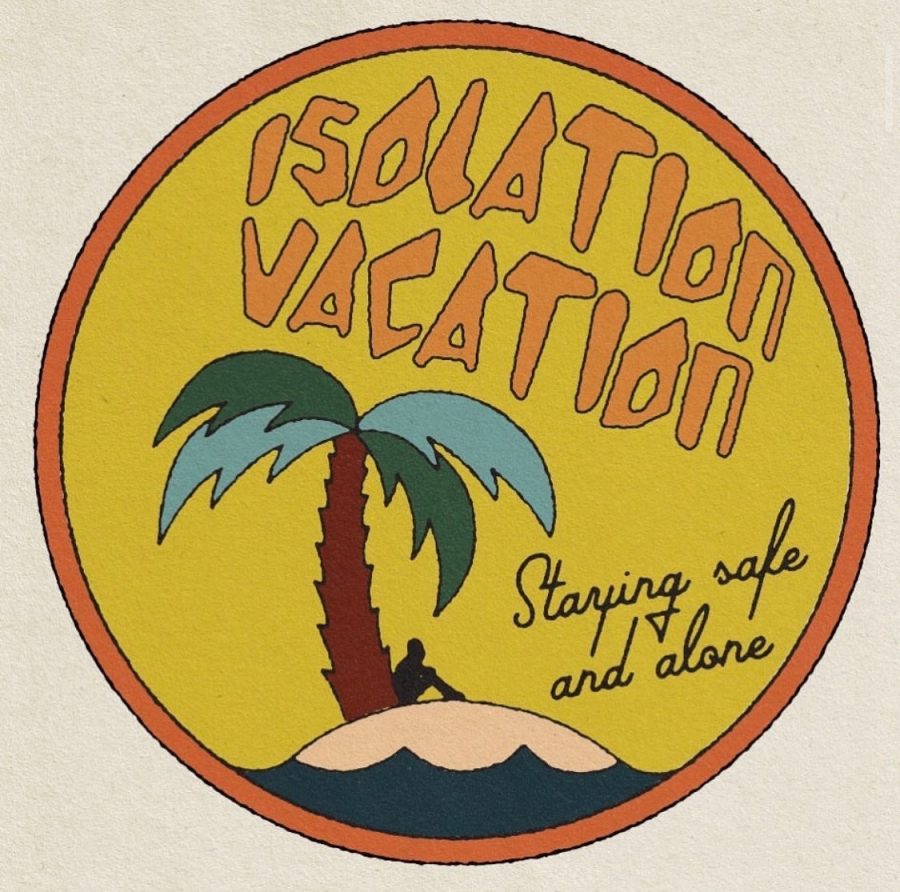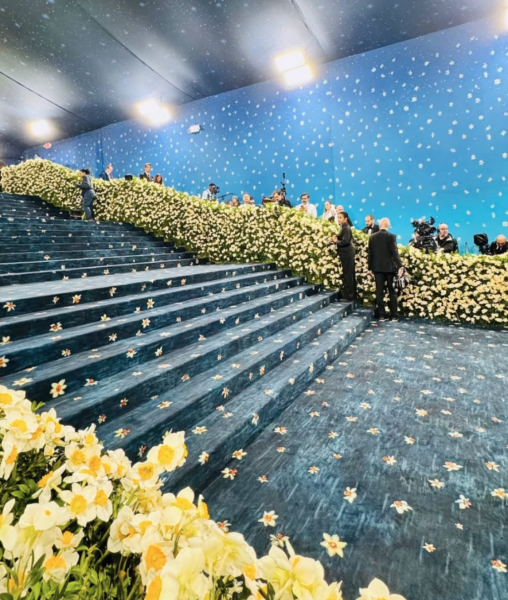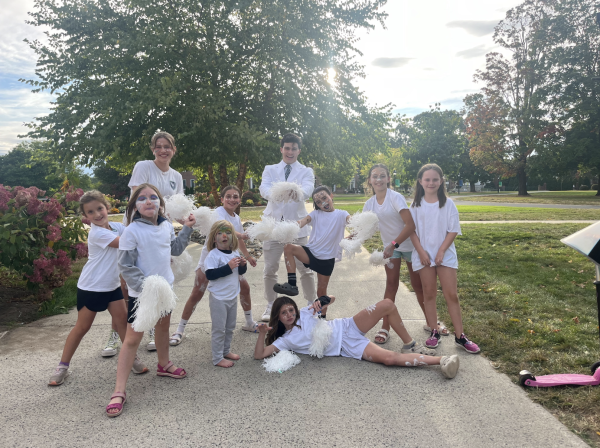How Williston Arts Has Changed
Online classes present new challenges to both students and teachers, but for some courses more than others, physical time in the classroom is truly essential.
With the start of trimester 3 electives on April 13, visual and performing arts teachers have had to rework the typical structure of their classes. Most courses are continuing to be held, but there are some major changes. In the visual arts, students will be using some purchased materials as well as common household supplies to explore their creativity. In the performing arts, teachers are altering the structures of their classes.
Leading up to the start of trimester 3 electives, the arts faculty had to alter their curriculums. Natania Hume, Head of the Visual and Performing Arts department, said she “focused on not trying to just transfer what we usually do at school into this new format, but rather created new programs to teach our core concepts.”
“It is quite a challenge, but I was absolutely floored by how imaginative, adaptable and enthusiastic our arts teachers are!” she added.
Wendy Staples, one of Williston’s Visual Arts teachers, believes that the artistic process can be brought into students’ homes.
“Students are using simple, cheap, and attainable materials (tape, string, cardboard, and found materials/objects)” she said. “As Kiel Johnson taught us in January, creativity can be inspired by quite literally anything and art can be made from just about any material as well.”
Kiel Johnson was a visiting artist from Los Angeles that worked with Williston students through the Grum Project.
“Students are being asked to work more independently and take initiative for their own inspiration and creativity outside of the classroom,” Staples added.
The only art elective of Staples’ to be cancelled due to online learning is Ceramics. Courses like 3D Foundations, Architectural Design, and Digital Design will utilize online programs such as Desmos and Zoom to continue their curriculum.
In the performing arts, teachers have faced challenges because a large part of their classes are based on physical connection. Emily Ditkovski, who is currently teaching Upper School Directing and the Eighth Grade Theatre Project, explained how essential the arts are, even if they must be practiced through a screen.
“I felt I had to find a way. The arts are what make many of us feel a purpose, feel in touch with ourselves, each other, and the world around us,” she explained. “I wanted to continue to offer that experience to my students even if I couldn’t teach all of my course material,” she said.
Ditkovski has maintained the core of the curriculum by having students research theatre history and practicing virtually.
Colin Mann, Williston’s Choral Director, has been using tools like OneNote, AP Central, Audacity, and Zoom to replicate his AP Music Theory class.
“Much of what we do in class is easily transferred to online teaching,” he said.
However, teaching Concert Choir has presented different challenges as singing in unison is difficult over internet platforms.
“We rely on visual cues through Zoom to communicate because we cannot all sing at the same time–the program doesn’t allow for multiple voices to sound at once. We are doing much listening to great performers and writing feedback and creating our own analysis. From this process, we are developing new vocabulary and informed ways of listening,” he explained.
“We are learning a few songs: ‘Bring me Little Water Silvy,’ ‘Down to the River to Pray,’ and a song of students’ choice. Our final project will be sing with the ‘acapella app’ creating an ensemble with ourselves” Mann added.
Nina Renkert, a senior from Norfolk, Connecticut, has been taking art classes for all four years of her time at Williston. This trimester, she is doing Williston Scholars Art and painting a mural.
“I think the hardest part though, as a senior, is not finishing in the way we anticipated and not being able to thank everyone who helped us along the way in the way we would have liked to” Nina said. “For art classes, I miss being in the space with everyone else working alongside me. However, zoom has made it so that we can all help each other on our way. I think the biggest difference is having the self motivation to finish a project on time,” she said.
Like many others, Nina has been inspired by the restorative properties of creativity.
“For my project I knew I always wanted to do a large piece surrounding music and the arts, but after Covid-19 struck, I was reminded of something else: the arts’ healing power, ” Nina said. “I believe that the best way to heal is through the arts and that is definitely something I am noticing throughout the world. People are creating to process these difficult times. The world needs art survive and thrive.”
For more insight into what’s happening with arts at Williston, check out @willistonarts on Instagram.













